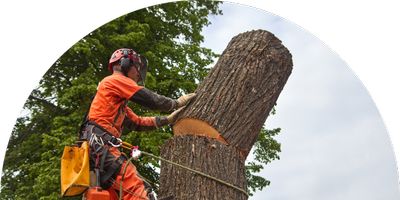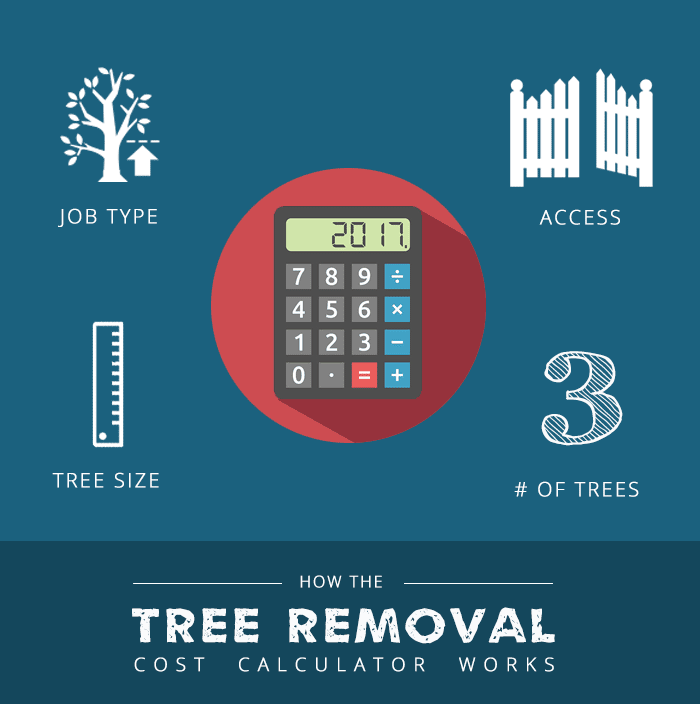Featured
Table of Contents
- – Tremonton, UT Tree Cutting: How Much To Expect
- – Tremonton, UT Arborist Guarantees: What's Cove...
- – Standard Tree Service Packages In Tremonton, ...
- – Competitive Tree Cutting Costs In Tremonton, UT
- – Top Rated Tree Service In Tremonton, UT
- – Tremonton, UT Tree Cutting Customer Reviews
- – Total Tree Removal Costs In Tremonton, UT: No...
- – Tremonton, UT Stump Removal Reviews: What Lo...
- – Automated Tree Service Costs In Tremonton, UT
- – How Much Do Tremonton, UT Stump Removals Cost
- – Tremonton, UT Stump Grinding Uninstall Costs
- – Typical Stump Removal Costs In Tremonton, UT
- – Tremonton, UT Stump Removal Cost Trends
- – Annual Tree Cutting Costs In Tremonton, UT
- – Top Tree Clearing Reviews In Tremonton, UT

The subsections below supply more detailed info about pricing, including a typical range for each. TypeAverage Elimination CostPineConiferPalmMagnoliaArborvitaeAshCedarSweet GumEucalyptusSycamoreCypressOakMaplePoplar You can expect to pay between to get rid of a pine, depending upon its size. Removing a pine is one of the more cost effective tasks unless it is one that has actually been around for several years and is rather big.
Tremonton, UT Tree Cutting: How Much To Expect
Pines also have a tap root that grows deep into the soil, which can show to be harder to remove. The process itself involves a professional cutting the tree, clearing the base, cutting the surface roots, removing the stump, and finally treating the soil. Without an expert hand, you risk leaving pine seedlings behind, which will fall from the roots of distressed pines.
Tremonton, UT Arborist Guarantees: What's Covered
The U.S. national average for conifer elimination is around to have the conifer reduced, hauled away, and the stump ground or eliminated entirely. Conifers are generally much easier to eliminate, and although they can grow rather high, they do not cost a fortune to eliminate. Conifers include pine, spruce, fir, and juniper trees.
Standard Tree Service Packages In Tremonton, UT: Pricing
While conifers are lovely, they kill native plants and particular types of turf (tree cutting). The typical rate of palm elimination depends on the height as much as the type, varying from.
Competitive Tree Cutting Costs In Tremonton, UT
That is why it is essential to know which type you are getting rid of. While you do not need an herbicide to kill a palm tree, there are some steps your elimination professional will need to take to make sure the task is done properly. There are 2 methods they can eliminate them: by slicing them down or digging them up.
Top Rated Tree Service In Tremonton, UT
This is due to the fact that little animals like rats and scorpions frequently reside in them. Plus, numerous types will have spikes, too. From there, they eliminate the actual tree and then the stump. Anticipate to pay in between to remove this kind of tree, depending on the precise size and details of the task.
Tremonton, UT Tree Cutting Customer Reviews
There are 3 types: green, white, and black ash. With its gray-tinged bark, its leaves are green or purple in the spring and golden yellow or purplish-red in the fall.
Total Tree Removal Costs In Tremonton, UT: No Hidden Fees

Due to the variation in height, the removal rate difference is broad from. A coniferous, evergreen tree, the cedar is a sturdy species.
Tremonton, UT Stump Removal Reviews: What Locals Say
The development of incorrect cedars varies from 50 feet as much as 230 feet high. Property owners might pay anywhere from, depending upon the roots. With star-shaped leaves and spectacular fall colors, the sweet gum is considered a medium to large tree. Taking pleasure in complete sun, the sweet gum can not endure pollution.
Automated Tree Service Costs In Tremonton, UT
Normally, it costs between to eliminate a eucalyptus. Eucalyptus are not typical everywhere, however they are quite big compared to others, which is why even the smaller ones are so pricey to get rid of.
How Much Do Tremonton, UT Stump Removals Cost
There are a handful of ways to do this, including burning, pulling, grinding, or killing them with herbicide. Anticipate to pay in between to eliminate sycamores, based on the height, trunk size, and amount of work involved. Sycamores are one of the biggest wood trees, usually varying from 60 to 100 feet tall and as broad as 15 feet.
Tremonton, UT Stump Grinding Uninstall Costs
The first two steps will expose the insides of the tree and cut off the flow of nutrients up the trunk. From there, an expert applies herbicide to kill the tree and lower the trunk. Then, they will eliminate the stump. Otherwise, new sprouts may grow from it. Reducing and removing a full-grown cypress might cost as much as.
Typical Stump Removal Costs In Tremonton, UT
There are various types of Cypress trees, but the most prevalent are the Leyland, Arizona, Bald, and Italian. The Bald Cypress grows in swampy or really wet areas while the others take pleasure in a dry, warm, or hot environment (tree cutting). They can grow as high as 80 to 100 feet tall
Tremonton, UT Stump Removal Cost Trends

Prone to diseases, the Cypress is among the most prized woods for furniture. The typical oak grows to around 60 feet, and depending upon the intricacy of the elimination, it costs approximately to get rid of. The exact size of your oak and the effort required to fell it affect what you will really pay for elimination together with any additional services like stump grinding.
Annual Tree Cutting Costs In Tremonton, UT
Access to the trees and the roots will also affect the general cost. Maples can quickly mature to 100 feet or more and normally expense in between to get rid of from your home. The last rate depends upon the real height and intricacy of the task. Maples are generally among the more costly trees to remove due to the fact that of their size and the work involved in the removal.
Top Tree Clearing Reviews In Tremonton, UT
Poplars are giants of the types. Growing as high as 90 to 115 feet, these enormous timbers are generally found in The United States and Canada and include the aspen, cottonwood, and balsam trees. Boasting an expansive root system, poplars can be expensive to remove when totally grown. The procedure to remove trees includes all the trimming and cutting of the branches and trunk, bringing it down to a stump.
Table of Contents
- – Tremonton, UT Tree Cutting: How Much To Expect
- – Tremonton, UT Arborist Guarantees: What's Cove...
- – Standard Tree Service Packages In Tremonton, ...
- – Competitive Tree Cutting Costs In Tremonton, UT
- – Top Rated Tree Service In Tremonton, UT
- – Tremonton, UT Tree Cutting Customer Reviews
- – Total Tree Removal Costs In Tremonton, UT: No...
- – Tremonton, UT Stump Removal Reviews: What Lo...
- – Automated Tree Service Costs In Tremonton, UT
- – How Much Do Tremonton, UT Stump Removals Cost
- – Tremonton, UT Stump Grinding Uninstall Costs
- – Typical Stump Removal Costs In Tremonton, UT
- – Tremonton, UT Stump Removal Cost Trends
- – Annual Tree Cutting Costs In Tremonton, UT
- – Top Tree Clearing Reviews In Tremonton, UT
Latest Posts
Top-Rated Tree Cutting In Murraysville, NC: Pricing
Emmett, ID Stump Removal: Client Reviews
Extended Tree Clearing Warranty Costs In Chaska, MN
More
Latest Posts
Top-Rated Tree Cutting In Murraysville, NC: Pricing
Emmett, ID Stump Removal: Client Reviews
Extended Tree Clearing Warranty Costs In Chaska, MN